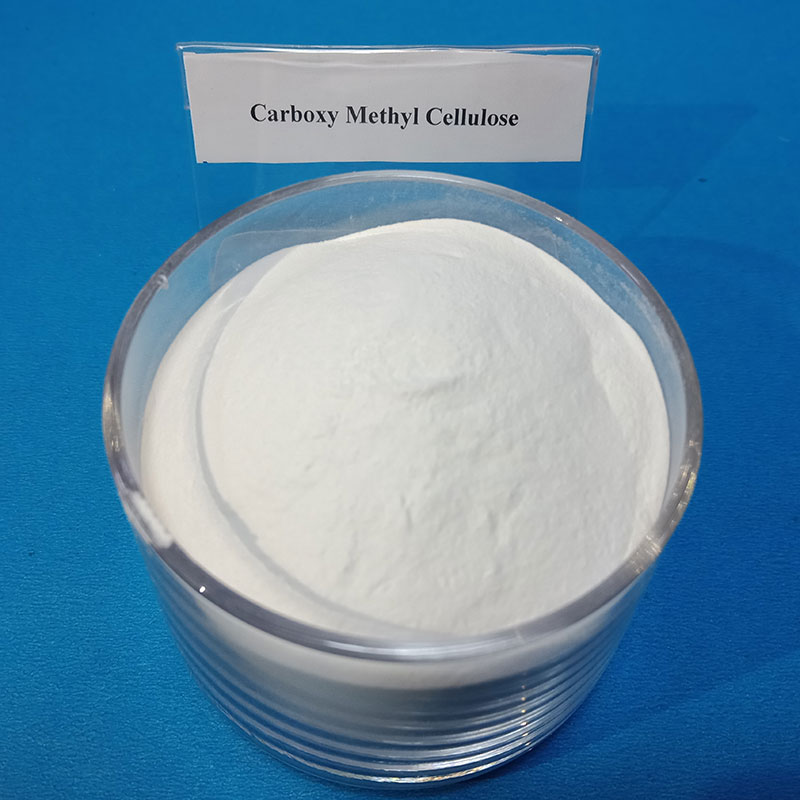Carboxymethyl cellulose (CMC) is a versatile water-soluble polymer widely used in various industries, including pharmaceuticals, food, cosmetics, and textiles. Its ability to dissolve in water makes it an excellent thickening, stabilizing, and suspending agent in numerous applications. Dissolving CMC effectively is crucial for achieving desired properties and functionalities in end products.
Properties of Carboxymethyl Cellulose (CMC):
CMC is derived from cellulose, a naturally occurring polymer found in plants. Through chemical modification, carboxymethyl groups are introduced into cellulose chains, imparting water solubility to the polymer. Key properties of CMC include:
Water solubility: CMC dissolves readily in water, forming clear and viscous solutions.
Rheological behavior: CMC solutions exhibit pseudoplastic or shear-thinning behavior, where viscosity decreases with increasing shear rate.
pH stability: CMC remains stable over a wide range of pH values, making it suitable for various applications.
Ionic strength sensitivity: The solubility and viscosity of CMC solutions can be influenced by the ionic strength of the solvent.
Factors Affecting Dissolution of CMC:
Several factors influence the dissolution of CMC, including:
Temperature: Higher temperatures generally facilitate faster dissolution of CMC due to increased kinetic energy.
pH: CMC is most soluble at pH levels above its pKa, which typically ranges from 6.5 to 8.5 depending on the degree of substitution.
Ionic strength: High concentrations of ions, such as salts, can affect the solubility and viscosity of CMC solutions.
Degree of substitution (DS): CMC with higher DS values tends to dissolve more readily due to increased water solubility.
Particle size: Finely powdered CMC dissolves more rapidly than larger particles due to greater surface area available for interaction with solvent molecules.

Methods of Dissolving CMC:
Several methods can be employed to dissolve CMC efficiently, depending on the specific application and desired outcome. Some common methods include:
Cold Water Dispersion:
Add a predetermined amount of CMC slowly to cold water while stirring continuously to prevent clumping.
Allow the mixture to hydrate and swell for a sufficient time, typically several hours or overnight.
Continue stirring until a uniform and clear solution is obtained.
Adjust pH and ionic strength if necessary to optimize dissolution.
Hot Water Dispersion:
Heat water to near boiling temperature.
Gradually add CMC to the hot water while stirring vigorously to prevent lump formation.
Continue stirring until all particles are fully dispersed and a clear solution is obtained.
Allow the solution to cool to the desired temperature before further processing.
Mechanical Mixing:
Utilize high-shear mixing equipment such as a homogenizer or high-speed mixer to disperse CMC into water.
Apply sufficient shear force to break down agglomerates and ensure uniform dispersion.
Control mixing parameters such as speed, duration, and blade design to optimize dissolution.
pH Adjustment:
If necessary, adjust the pH of the solvent to a level above the pKa of CMC to enhance solubility.
Use alkaline agents such as sodium hydroxide (NaOH) or ammonia (NH3) to increase pH if needed.
Monitor pH throughout the dissolution process to ensure stability and consistency.
Ionic Strength Adjustment:
Control the concentration of ions in the solvent by adding salts or adjusting the composition of the solvent.
Maintain ionic strength within a range that promotes optimal solubility and viscosity of CMC solutions.
Avoid excessive salt concentrations that may precipitate CMC or alter its properties.
Applications of Dissolved CMC:
Once dissolved, CMC finds numerous applications across various industries, including:
Pharmaceutical: Used as a binder, disintegrant, and viscosity modifier in tablet formulations, suspensions, and ophthalmic solutions.
Food: Employed as a thickener, stabilizer, and emulsifier in sauces, dressings, dairy products, and baked goods.
Cosmetics: Utilized in lotions, creams, and gels for its thickening, moisturizing, and film-forming properties.
Textiles: Applied as a sizing agent, thickener, and printing paste in textile processing to improve fabric properties and print quality.
Industrial: Used in adhesives, detergents, and ceramics for its binding, thickening, and water-retention capabilities.
Efficient dissolution of CMC is essential for maximizing its functionality and performance in various applications.
